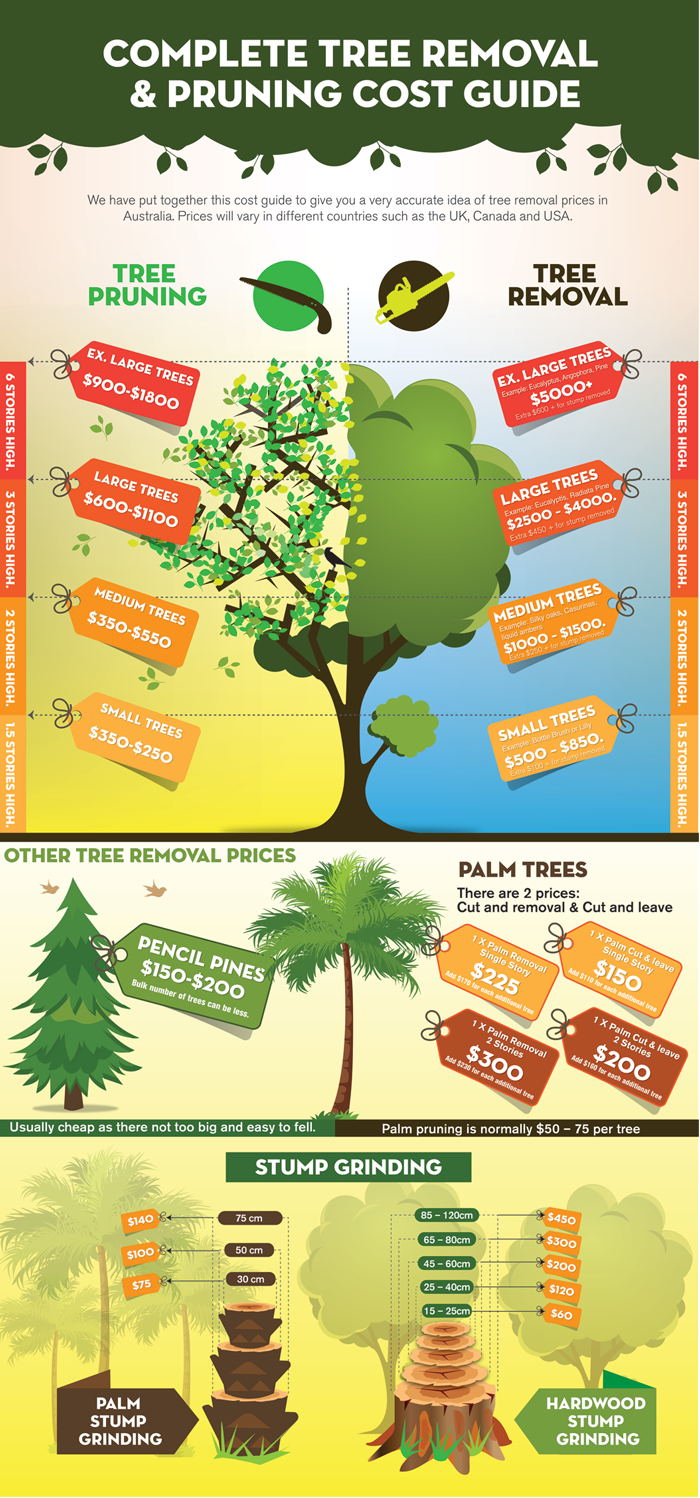The Environmental Ramifications Of Logging: Vital Facts To Be Aware Of
The Environmental Ramifications Of Logging: Vital Facts To Be Aware Of
Blog Article
Write-Up Produced By-Helms Cochrane
When it pertains to the ecological influence of tree removal, there are critical facets that require your focus. From the complex web of relationships within ecosystems to the succeeding results on environment patterns, the effects are profound. You could be amazed to discover the elaborate methods which the removal of trees can reverberate throughout the atmosphere. Remain tuned to unwind the complex links and implications of this relatively simple act.
Deforestation and Habitat Loss
Logging and environment loss are crucial concerns coming from tree removal. When trees are lowered, it interrupts entire communities. Not just are the trees themselves shed, however the homes and food resources of numerous plant and pet species are destroyed also. Birds lose their nesting sites, animals lose their sanctuary, and insects shed their habitats. The effects ripple via the food chain, impacting killers and target alike.
Moreover, logging adds to climate modification. Trees play a critical role in absorbing carbon dioxide, a greenhouse gas that traps warmth in the ambience. With less trees, there's less carbon dioxide absorption, leading to boosted levels of this gas in the atmosphere and worsening global warming.
Habitat loss is a direct outcome of deforestation, as the destruction of woodlands means the loss of one-of-a-kind and varied ecosystems. Many varieties are unable to adapt to fast adjustments in their atmosphere, causing populace declines and, in some cases, extinction.
Securing forests is vital to maintaining the delicate equilibrium of nature and guaranteeing the survival of countless plant and animal species.
Effect on Biodiversity
The removal of trees has a substantial effect on biodiversity, impacting the range and abundance of plant and pet species in an area. Trees provide environment and food resources for many microorganisms, from insects to birds to creatures. When trees are removed, these species shed their homes and sources of nutrition, bring about a decline in their populations. This disturbance can have plunging effects on the whole environment.
Additionally, trees play an essential function in keeping biodiversity by producing microhabitats within their canopies, trunks, and origins that support a wide variety of species. When trees are cut down, these specialized atmospheres are damaged, reducing the general variety of the location.
Additionally, the elimination of trees can result in a reduction in genetic variety within plant populations, as specific tree varieties might no longer be able to recreate or disperse properly. Protecting trees and woodlands is necessary for maintaining biodiversity and making sure the wellness of communities for future generations.
Soil Disintegration and Climate Change
With trees being eliminated from a location, the disturbance of dirt framework and stability takes place, resulting in boosted soil erosion. Trees play an essential function in protecting against disintegration by holding dirt in position with their root systems. When hop over to here are removed, especially in large numbers, the soil comes to be extra vulnerable to erosion from wind and water. This disintegration not just influences the instant environments yet can also result in sedimentation in nearby water bodies, influencing water quality and marine communities.
Furthermore, trees aid control the environment by absorbing carbon dioxide throughout photosynthesis. When trees are reduced, this all-natural carbon sink is diminished, contributing to enhanced degrees of greenhouse gases in the atmosphere. This can exacerbate environment modification, bring about more extreme weather occasions and disruptions in environments worldwide.
For that reason, the elimination of trees not only accelerates dirt disintegration however additionally contributes in the bigger environmental concern of climate modification. It's essential to take into consideration these variables when assessing the effects of tree removal on the atmosphere.
Conclusion
Since you know the environmental influence of tree removal, consider the effects prior to reducing trees. Logging disrupts ecosystems, reduces biodiversity, and contributes to dirt disintegration and environment change. By bearing in mind the impact of tree removal, you can aid shield our atmosphere and maintain the fragile balance of nature. Make informed options and take into consideration different solutions to decrease the negative results on our planet.
